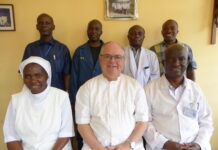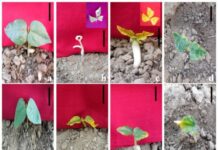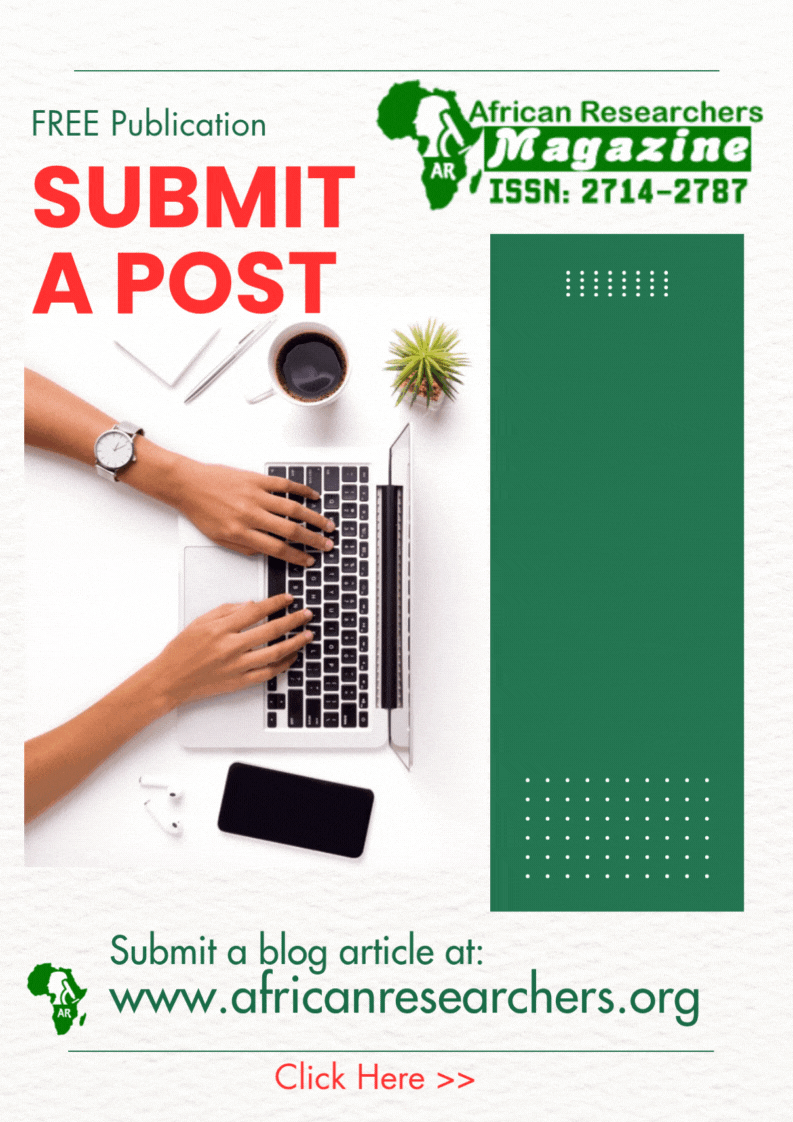A recent article by Wieters et al. (2024) titled “Reported antibiotic use among patients in the multicenter ANDEMIA infectious diseases surveillance study in sub-Saharan Africa” published in Antimicrobial Resistance & Infection Control, reveals variations in antibiotic use based on disease type, country, and the location of healthcare facilities.
“
There is significant variations in antibiotic use, with high prevalence of Watch antibiotics like ceftriaxone, across sub-Saharan Africa.– Wieters et al. 2024
The article examines data from the African Network for Improved Diagnostics, Epidemiology, and Management of Common Infectious Agents (ANDEMIA), focusing on self-reported antibiotic use among patients with acute respiratory infections, gastrointestinal infections, and acute febrile illnesses of unknown origin. The study spans multiple countries, including Côte d’Ivoire, Burkina Faso, the Democratic Republic of the Congo, and South Africa. A significant proportion of the antibiotics used were from the WHO Watch group, with ceftriaxone being particularly prevalent. The findings reveal variations in antibiotic use based on disease type, country, and the location of healthcare facilities. The study underscores the urgent need for targeted strategies to regulate antibiotic use and combat antimicrobial resistance (AMR) in these regions. It highlights the critical role of monitoring antibiotic consumption and implementing antimicrobial stewardship policies to alleviate the growing burden of AMR in low- and middle-income countries.
How the Study was Conducted
The study was a descriptive analysis of data collected from 12 urban and rural health facilities in Côte d’Ivoire, Burkina Faso, the Democratic Republic of the Congo, and the Republic of South Africa. Patients with acute respiratory infection (RTI), acute gastrointestinal infection (GI), and acute febrile disease of unknown cause (AFDUC) were enrolled. Clinical, demographic, socio-economic, and behavioral data were collected using standardized questionnaires. The data collection period spanned from February 2018 to May 2022. Information on antibiotic use in the ten days prior to study enrollment was recorded, including the name and date of the last dose taken. The data were analyzed using Stata software. Antibiotic use was defined as self-reported use of one or more antibiotics in the ten days prior to study enrollment. The antibiotics were categorized according to the WHO AWaRe classification (Access, Watch, Reserve, and Not Recommended). The frequency of antibiotic use was stratified by location, disease syndrome, and individual patient factors. The study adhered to national legislation and ethical standards, including the Declaration of Helsinki. Institutional ethics approval was obtained in all participating countries. Written informed consent was obtained from all participants or their legal guardians.
What the Authors Found
The authors found that among the 19,700 patients enrolled in the ANDEMIA study, 36.8% reported antibiotic use in the ten days prior to study enrollment. A total of 9,695 antibiotics were reported, with 54.7% from the WHO Access antibiotic group and 44.7% from the WHO Watch antibiotic group. The most commonly reported antibiotic was ceftriaxone, a Watch antibiotic, accounting for 31.7% of the reported antibiotics. The study revealed significant differences in antibiotic use by disease syndrome, country, and health facility location. Notably, Watch antibiotic use ranged from 17.4% among RTI patients in urban facilities in Côte d’Ivoire to 73.7% among AFDUC patients in urban facilities in Burkina Faso.
Why is this important?
This study is important because it highlights the significant use of antibiotics, particularly Watch antibiotics like ceftriaxone, in sub-Saharan Africa. The findings underscore the need for targeted interventions to improve antibiotic stewardship in these regions. High usage of Watch antibiotics can contribute to the development of antimicrobial resistance (AMR), which poses a major global health threat. By understanding antibiotic use patterns, healthcare providers and policymakers can develop strategies to promote the appropriate use of antibiotics, reduce the risk of AMR, and improve patient outcomes. Additionally, the study sheds light on the challenges of antibiotic accessibility and affordability in low-resource settings, which are crucial factors to address in the fight against AMR.
What the Authors Recommended
- The authors recommend implementing targeted interventions to improve antibiotic stewardship, particularly focusing on reducing the use of watch antibiotics like ceftriaxone.
- Policymakers should address the challenges of antibiotic accessibility and affordability in low-resource settings to ensure that patients have access to appropriate antibiotics.
- The authors emphasize that policymakers should enhance education and training for healthcare providers on the appropriate use of antibiotics and the importance of adhering to the WHO AWaRe classification.
- Strengthen surveillance and monitoring systems to track antibiotic use and resistance patterns, enabling timely and effective responses to emerging AMR threats.
- In addition, the study advocates developing and enforcing policies and regulations to control the sale and distribution of antibiotics, reducing the risk of inappropriate use and self-medication.
In conclusion, the study by Wieters et al. underscores the critical need for robust antimicrobial stewardship strategies to address the high usage of Watch antibiotics, particularly in low-resource settings across sub-Saharan Africa. By highlighting significant variations in antibiotic use by disease type, location, and healthcare facility, the findings provide essential insights to guide policymakers, healthcare providers, and public health organizations in combating the growing threat of antimicrobial resistance. Strengthened monitoring, improved accessibility to appropriate antibiotics, and targeted education efforts are vital steps toward ensuring the responsible use of antibiotics and safeguarding global health.
















 The African Research (AR) Index is a comprehensive scholarly directory and database focused explicitly on journal publishers that publish and disseminate African research.
The African Research (AR) Index is a comprehensive scholarly directory and database focused explicitly on journal publishers that publish and disseminate African research.

